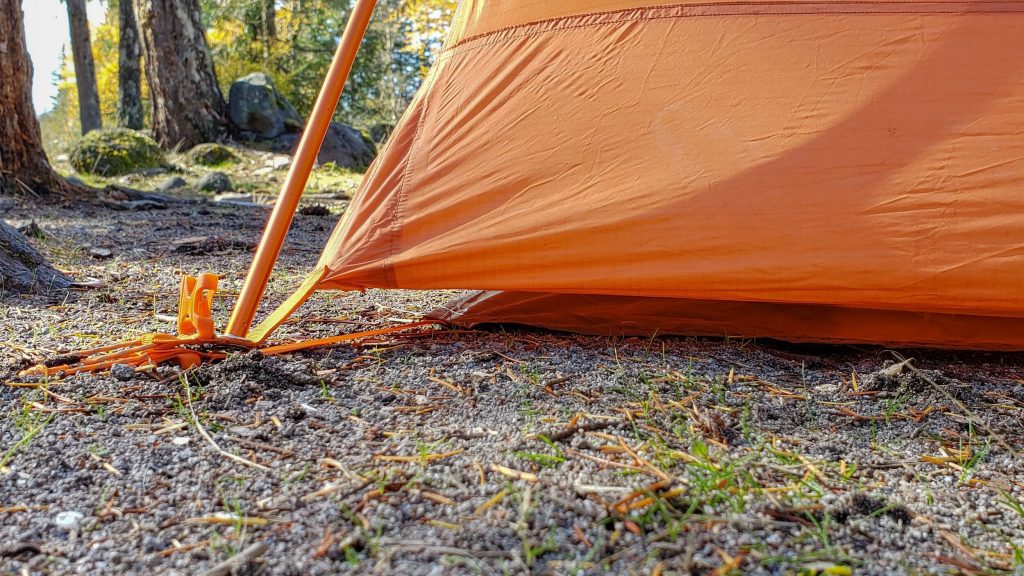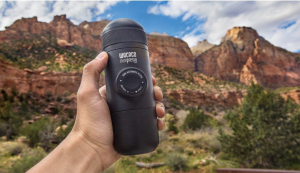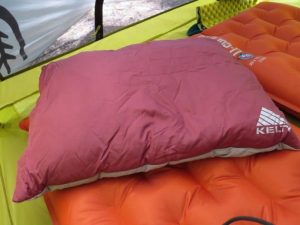If you love camping as much as we do, you are probably a regular camper – but you’re not sure if a footprint is something you really need – In this article we will discuss if it’s worth buying one.
What is a Tent Footprint?
A tent footprint or ground cover does the same job as a car cover – It protects the floor of a tent from scratches and tears (not to mention dirt and water), and it provides a waterproof blanket on the ground so that your tent doesn’t have to take the full brunt of all that hard.

1. Extra Protection
Twigs or sharp rocks are what your tent floor will face without ground cover. And we’re not sure any fabric is thick enough to prevent cuts from objects like this. So damage will come very quickly if the tent footprint does not protect the tent floor.
You can indeed buy products without floors and bring your sheets. But we must remind you in advance that 90% of tents on the market are sewn to the bottom. And if you want to buy one of the remaining 10%, it will certainly not be an easy task.
2. Extra Warmth
Another advantage of having an extra layer of insulation is increasing user comfort. Usually, people won’t pay much attention to this issue.
Because under normal conditions, the cold from the ground will only make us a little uncomfortable.
However, after spending too much energy on a long day of activity, even a slight temperature change can make you sick in no time.
3. Doubles The Waterproofing
Adding a layer of protection from the tent footprint will keep your tent from the negative effects of standing water below the surface.
While it may seem harmless, water can cause serious damage to our tents. In particular, rainwater with highly corrosive substances accumulated inside can shorten the life of the tent quickly.
Indeed, the tent footprint will also wear down over time until it is no longer usable. But the cost of replacing a tarp is much cheaper than having to buy a new tent.
4. Versatility
We all agree that the steps in deploying a tent are not simple. Because you probably won’t be able to calculate yourself exactly where the stakes will plugin. In other words, you need to move the tent many times if you want to get the right position.
It sounds hard to believe, but a tent footprint will help us solve this difficult problem. Because every tent has a unique design suitable to fit the respective tent species.
And we just need to spread this product to locate where the tent corners will be plugged down.
Thanks to that, you will not need to calculate or estimate too much but still get the appropriate position.
5. Keep Your Tent Floor Clean
Thanks to the tent tarps, we will no longer have to spend too much effort cleaning the tent because all kinds of mud or dust have been retained in this product. And what we need to do is just clean the tent footprint instead of a huge tent.
6. Perfect Replacement Tool
Another outstanding advantage of ground cover is that this type of canvas is a perfect substitute for conventional pads. Indeed, the product possesses a moderate thickness and is not too hard for us to comfortably sit on.
The inbuilt waterproofness of the tent also means you don’t have to worry about your clothes getting wet. So more and more users are skipping the pads and just using the tent footprint to make their luggage less bulky.
In addition, we can also use the tent footprint for many different jobs such as making a rescue stretcher or as a stationary tool in the event of an accident. Of course, turning this tarp into a full-sized bag isn’t a bad idea either.
FAQ
Do I Need a Tent Footprint?
You probably already know the great benefits that tent footprints bring through the 6 reasons outlined above. From our perspective, just one of those things is enough to say the need for a tent. However, the final choice is still up to you.
For some people, having a tent footprint doesn’t make much of a difference. Because they have a lot of experience in setting up tents and don’t care about factors such as temperature or hygiene. But if you’re struggling with setting up and keeping your tent clean or simply don’t want your tent to get damaged, a tent is important.
What size should a tent footprint be?
Contrary to popular belief, the right size for a tent footprint is not larger than the tent floor. Otherwise, the correct answer should be the small size of the tent floor. Because the difference in size between the lining and the floor will help limit water stagnation. Less residual water also means fewer unsanitary agents.
What is a tent footprint made of?
In more detail, the most commonly used tent footprints today are constructed of durable polyethylene. Some products will choose polyester or silicone-coated nylon, Tyvek, or Polycryo. If you want to use a lighter product, polyester oxford is also a good choice.
There are many different materials that you can make a tent footprint of – But you will easily see that the most common point of all materials is that they are highly waterproof, resistant to dust also simple to clean.
How to clean a tent footprint?
The simplest way is also the most effective when it comes to tent footprint cleaning – you just need a clean cloth along with water and the rest is just wetting the canvas and scrubbing the dirt away.










